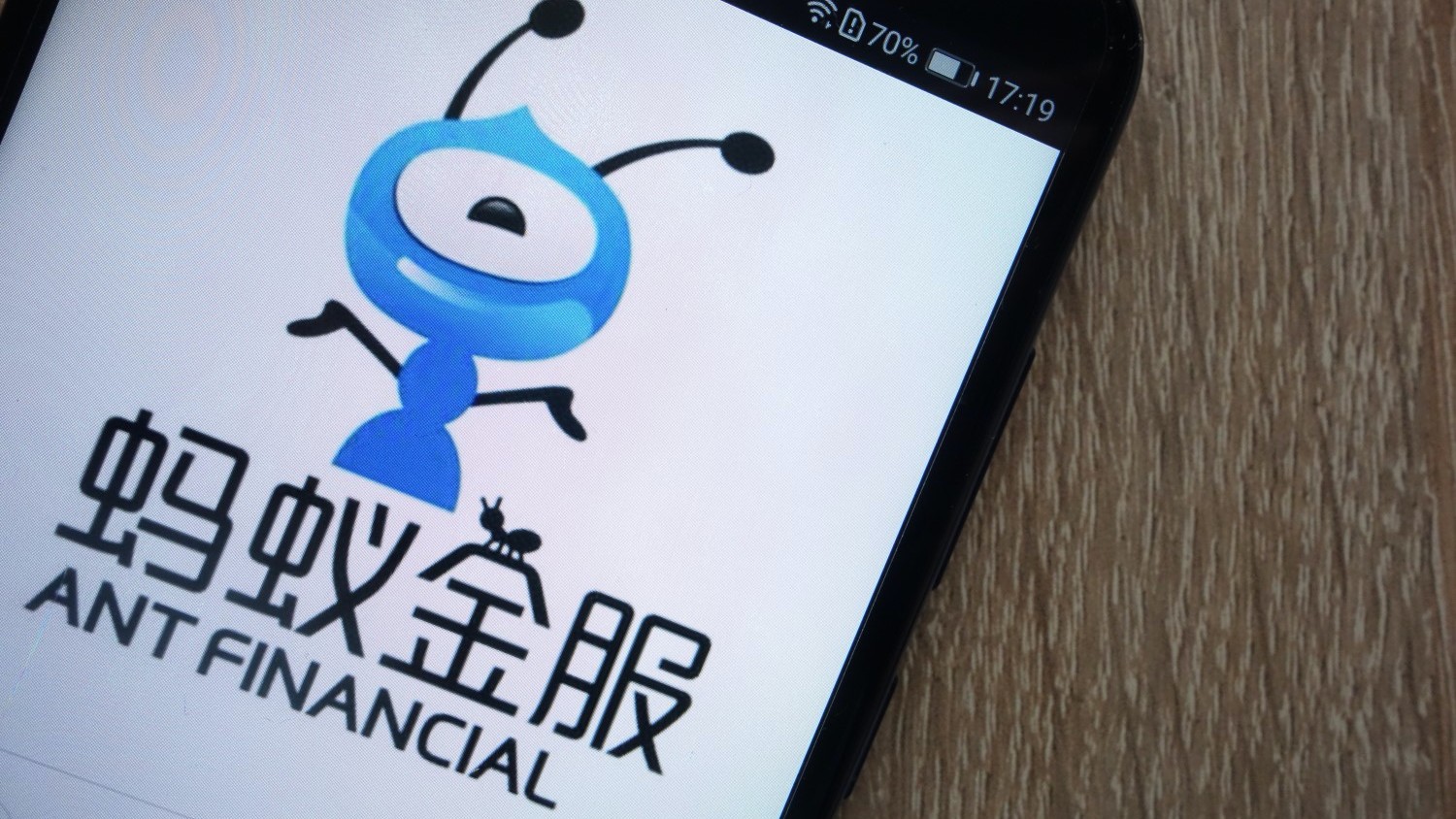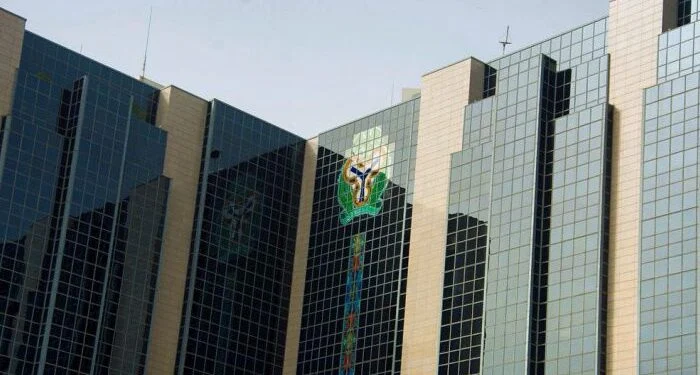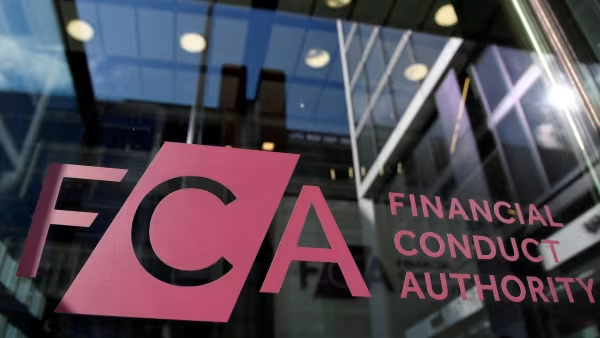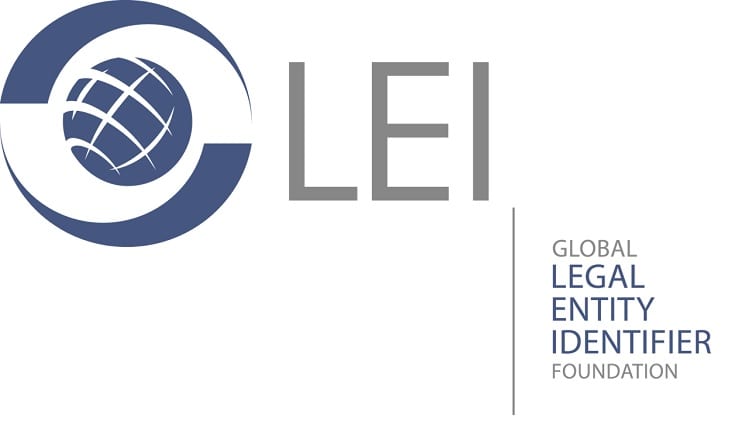FinTech has thrived in other jurisdictions compared to China because of the presence of regulation, says Chris Skinner.
There’s an interesting global debate about the role of FinTech companies in loans and credit – whether they should be regulated and, if so, to what end.
FinTech companies are known for their success in payments but the first one I ever met, Zopa, focused on lending.
Their platform was immune to regulations, however, because it connected people with money to people who needed money instead of loaning money themselves.
We know this as peer-to-peer (P2P) lending now but, 15 years ago, it was unheard of and new.
The idea behind P2P lending is to unleash the power of technology to minimise the interest rate spread between saver and borrower.
A bank takes deposits and lends them through buildings with humans; a P2P lender does the same, but through software, servers and an algorithm.
When you remove the huge overhead costs banks have, the FinTech firm doesn’t have to take a cut as large. Hence, savers get better returns on their savings and borrowers get lower costs to borrow.
What is there not to like about the idea?
HOW TRUST WAS BROKEN IN CHINA
However, as FinTech firms mushroomed across the world, countries soon realised P2P lending had to be regulated like any other form of financial service and credit: You have to ensure the risk is adequately covered. Changing attitudes in China illustrate this risk of contagion when trust is broken.
China’s P2P lending market grew massively during the early 2010s after a tightening of bank credit, but saw the collapse of many players in the last decade, forcing the government to subsequently place stringent curbs on such lending activities.
In China, however, P2P lending regulation was not introduced until the industry had blossomed into thousands of businesses.
Businesses had no idea how to manage lending in many cases, which led to the industry being plagued by defaults and fraud. As many as 50 million savers and investors still owed an estimated US$119 billion in China after more than three years.
A 2018 media report showed that among the more than 400 P2P platforms that collapsed in China from June to August of that year alone, included PPMiao, which saw as many as 4,000 people losing as much as US$117 million.
This sparked a larger fear of FinTech platforms, culminating in the Chinese government’s recent halting of Ant Financial’s IPO.
WHY REGULATION WAS NECESSARY
Yet, the larger question is why FinTech has thrived in other jurisdictions – particularly in the UK and US.
The main difference is regulation. When the UK firms like Funding Circle, Zopa, Ratesetter and others were getting off the ground, they create an industry self-regulating body – the Peer-to-Peer Finance Association (P2PFA) – and reached out to the regulators to be regulated.
This model has seen more than 1,600 FinTech firms operating in the country with the industry acknowledging the importance of regulation in this growth.
Miles Celic, Chief Executive Officer of trade body TheCityUK was quoted in an industry publication in May noting that “the UK’s regulatory sandbox approach has been hugely successful and internationally acclaimed”.
Alex McGill, Financial Services expert of PA Consulting, which produced a report on the state of the industry pointed out that “the UK government and regulators have been fundamental to the success of the UK’s FinTech industry”.
When Lending Club started in America in 2006, founder Renaud Laplanche, met key federal regulatory authorities in all American states.
Although the company will no longer operate as a P2P lender as of Dec 31, Lending Club’s forthcoming engagement with the regulators has helped create an environment that has helped the US FinTech industry flourish.
“It’s because of these regulations, not in spite of them, that companies are creating new tools and efficiencies,” Richie Serna, CEO and co-founder of payments start-up Finix wrote in a Forbes column in April.
He added that “smart regulation has paved the way” for FinTech in the country to become “so ubiquitous that it will soon… be seen as a ‘fourth platform,’ alongside the internet, mobile and cloud” and “will be an intrinsic part of almost every digital experience”.
THE IMPLICATIONS FOR ANT
It is important to view the latest salvo between China’s regulators and the P2P sector, which led to the Ant Group suspending its IPO, in this context. Ant’s IPO was hugely exciting. It was subscribed to by more than 80 times expectation, valuing the firm at over US$350 billion, making it bigger than JPMorgan Chase – the most valuable bank in the world.
However, a week before the company’s scheduled IPO on the Shanghai and Hong Kong stock exchanges, the Chinese regulators changed lending rules in the country – among which required P2P platforms to take on more risks on their balance sheet so as to level the playing field with the traditional banks.
Even though Ant, which runs the payments service Alipay, had little to do with previous concerns surrounding the P2P sector in China, there are legitimate concerns about the company’s growth, which could have prompted the Chinese regulators to change the rules before Ant publicly listed.
Although 40 per cent of Ant’s revenues came from the lending, they only came up with 2 per cent of that amount themselves, passing the rest of the exposure onto banks.
However, if Ant were a bank or formally regulated lender in China, they would be required to provide at least 30 per cent of that loan amount.
In other words, Ant were creating a demand for loans but avoided the risk of those loans defaulting by handing the bulk of the risk exposure over to the banks.
The new rules, which the regulators had been exploring since end of last year, enforced this requirement.
That is the core issue that Jack Ma threw in the face of the government at the end of October, when he made comments that regulators “shouldn’t use the way to manage a train station to regulate an airport. We cannot regulate the future with yesterday’s means.”
However, the regulators concerns still remained – how were they to balance innovation and growth in the sector with risk management and accountability?
After all, they couldn’t afford a return of what happened in 2017 after thousands of lenders had gone bankrupt in China using similar business models and technologies.
PROTECTING FINANCIAL SERVICES
This may seem like a petty ping-pong match between government and business, but it’s more than that. Another P2P collapse would undermine the trust and credibility of the Chinese financial services sector.
The implications for other governments in Asia and around the world, will be to eventually follow China’s move to change regulations to ensure P2P platforms have substantial risk obligation.
Some, like Singapore and Thailand, have taken a more growth focus through regulatory sandboxes, access to credit information and rolling out digital banking licenses.
Broadly though, the trend seems to be for greater regulation to manage the industry with regulatory hurdles in some countries in the region proving to be onerous.
Indonesia, which has seen a flurry of innovation in the FinTech space in recent years and has 156 licensed companies as of September, is an example of the growing disconnect between regulation and industry.
Defrizal Djamaris, managing partner of law firm Kudri & Djamaris, said: “The industry is heavily regulated with one hundred plus prevailing laws related to payments but is yet to cover many issues among other operational, licensing, data policy/protection, cybersecurity, and supervision.”
South Korea too introduced new laws on P2P in August requiring players to have paid-in capital of at least US$421,000 each and register with the country’s financial regulator within a year.
These trends indicate regulators in all regions will likely be studying managing the rise of P2P platforms and their new business models with closer attention, requiring they comply with stricter risk exposure rules.
In fact, the bottom-line is that FinTechs will become more like banks.
This is summarised well by the US FinTech start-up Varo, whose Chief Executive Colin Walsh recently stated that the company, which received its banking charter in July, will be looking to be more like a traditional bank in the long-term.
“It’s really the only long-term sustainable route if you want to be around 50 to 100 years from now,” said Walsh.
I agree. In other words, the lending issues and exposures of the peer-to-peer companies will be clipped by regulators over the next decade.
This means that many FinTech unicorns will need to apply for new licenses and will become more and more like traditional banks.
Credit: Chris Skinner













Comments